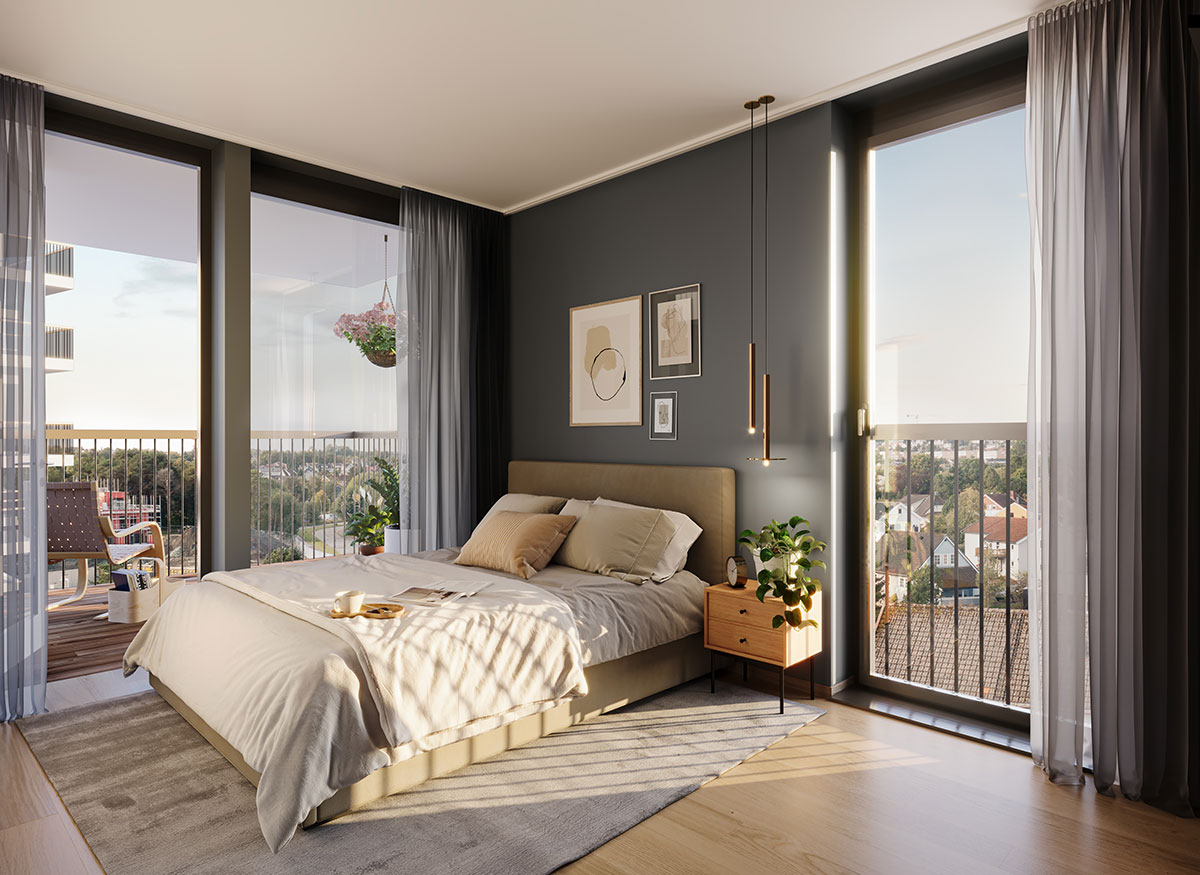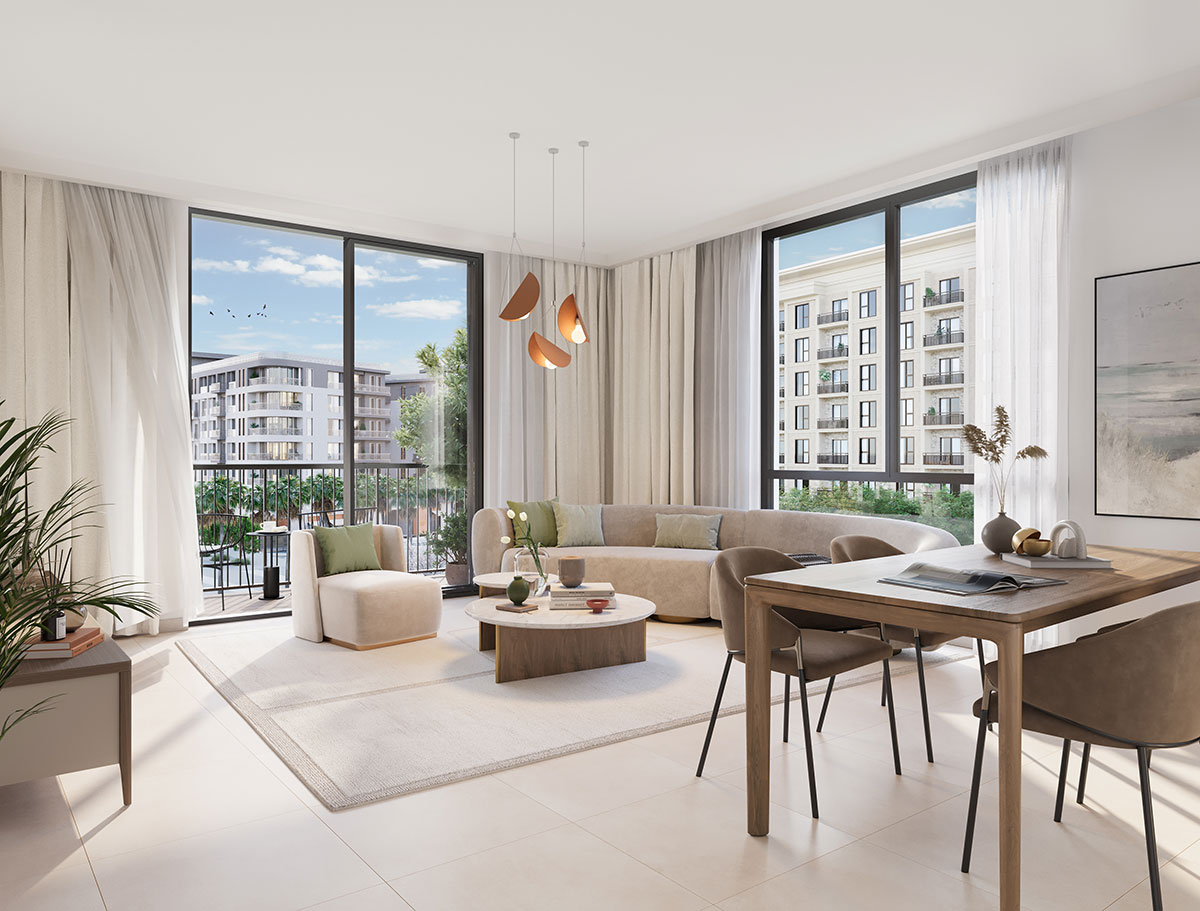The Importance of Interior 3D Rendering Services in Architectural Visualization

3D agora
September 18th, 2024

In architectural visualization, interior 3D rendering services have become indispensable. Whether you’re an architect, interior designer, or a client looking to bring your dream space to life, 3D rendering is the bridge between creative ideas and tangible reality. As the demand for realistic and detailed visualizations of interior spaces grows, so does the need for professional 3D rendering services that can deliver exceptional results.
What Are Interior 3D Rendering Services?
Interior 3D rendering services involve the creation of highly detailed, photorealistic images of interior spaces using advanced computer software. These services are employed by architects, interior designers, and branding agencies to create realistic visualizations of a proposed space before it is built. This process helps in visualizing the final look of an interior space, making it easier to make informed decisions about design elements, materials, and lighting.
The 3D rendering process begins with the creation of a detailed 3D model of the interior space. This model is then enhanced with textures, materials, lighting, and other elements to create a lifelike representation of the space. The final result is a high-quality image or video that can be used for presentations, marketing, or as a guide during the construction phase.
 Created by Arqsix
Created by Arqsix
Why Invest in Interior Rendering Services?
Investing in interior rendering services offers numerous benefits, especially when it comes to visualizing complex projects. Here are some key reasons why interior 3D rendering services are essential:
Realistic Visualizations: One of the primary advantages of 3D rendering is its ability to create realistic visualizations of interior spaces. This allows clients and designers to see exactly how the space will look, down to the smallest detail, before any construction begins.
Enhanced Communication: With 3D renderings, communication between clients, designers, and architects becomes much clearer. Everyone involved can see the same vision, reducing the chances of misunderstandings or costly mistakes.
Creative Solutions: 3D rendering allows for experimentation with various design ideas and creative solutions. It transforms creative ideas into realistic visualizations, enabling designers to test different layouts, color schemes, and materials to find the best combination for the space.
Marketing and Presentation: For architects, interior designers, and companies, high-quality 3D renderings are a powerful marketing tool. They can be used in portfolios, on websites, and in presentations to showcase design expertise and attract potential clients.
Cost and Time Efficiency: By visualizing the project in detail before construction, potential issues can be identified and resolved early, saving time and reducing the risk of costly changes during the build phase.
The 3D Rendering Process
Understanding the 3D rendering process is crucial for both clients and designers. Here’s a breakdown of the key stages:
Project Scope Definition: The first step involves defining the project scope. This includes understanding the client’s vision, the level of detail required, and the overall complexity of the project. Clear communication at this stage is essential to ensure that the final render meets the client’s expectations.
3D Modeling: Once the project scope is defined, the 3D interior visualization begins with the creation of a 3D model. This model forms the foundation of the rendering and is built using specialized software. The model includes all architectural elements, furniture, and fixtures.
Texturing and Lighting: After the model is created, textures are applied to surfaces to give them a realistic appearance. This step also involves setting up the lighting, which plays a crucial role in creating a lifelike visualization. Proper lighting can highlight key features and create the desired ambiance.
Rendering: The rendering process involves generating the final image or video from the 3D model. Depending on the complexity and detail required, this process can take several hours to complete. The final product is a high-resolution image or animation that accurately represents the interior space.
Post-Production: In some cases, post-production work may be done to enhance the rendered images further. This can include adjusting colors, adding effects, or making minor corrections to ensure the image meets the client’s requirements.
 Created by Arqsix
Created by Arqsix
Applications of Interior 3D Rendering Services
Interior 3D rendering services are utilized in many industries and for various applications. Here are a few examples:
Architectural Projects: For architects, 3D renderings are essential in visualizing and presenting complex interior spaces to clients and stakeholders. They help in conveying the design intent and securing project approvals.
Interior Design: Interior designers rely on 3D interior visualization to explore different design options and present them to clients. This allows clients to see how various design elements, such as furniture and materials, will come together in the final space.
Real Estate Marketing: Developers and real estate agents use 3D renderings to market properties before they are built. High-quality visuals can attract potential buyers and help them envision themselves in the space.
Product Design and Branding: Consumer products companies and branding agencies use 3D rendering to create visualizations of product placement within interior spaces. This can be particularly useful for marketing campaigns and product launches.
Choosing the Right 3D Rendering Services
When selecting a 3D rendering studio or freelancer for your project, it’s important to consider the following factors:
Portfolio: Review the studio or freelancer’s portfolio to assess the quality of their work. Look for consistency in style, attention to detail, and the ability to create realistic visualizations.
Experience and Expertise: Consider the expertise of the team or individual you’re hiring. Experience in architectural visualization and interior rendering is crucial for producing high-quality results.
Communication and Collaboration: Effective communication is key to a successful rendering project. Ensure that the team is responsive and willing to collaborate closely with you throughout the design process.
Understanding of Project Scope: A good rendering service provider should have a clear understanding of your project scope and be able to deliver results that align with your vision.
Technology and Tools: Check if the studio or freelancer uses the latest software and technology in 3D rendering. Advanced tools can significantly impact the quality and speed of the work process.
Finding a dedicated team for your project is the key to success. However, the perfect team will vary depending on your needs.
The Future of Interior 3D Rendering Services
As technology continues to evolve, so does the field of interior 3D rendering. Here are some trends to watch:
Virtual Reality: The integration of virtual reality (VR) into 3D rendering is becoming increasingly popular. VR allows clients to explore interior spaces in an immersive way, providing a more interactive experience.
Augmented Reality: Similar to VR, augmented reality (AR) is being used to overlay 3D renderings onto real-world environments. This technology is particularly useful in interior design, where clients can visualize how different elements will look in their actual space.
AI and Automation: Artificial intelligence is playing a growing role in automating parts of the 3D rendering process. AI-powered tools can help speed up rendering times and enhance the quality of the final product.
Sustainability: As the focus on sustainable design grows, 3D rendering is being used to visualize energy-efficient and environmentally friendly interior spaces. This helps clients make informed decisions about materials and design elements.
However, it's worth noting that as technology evolves, so does architectural rendering. As a matter of fact, the workflow is going through this exact thing right now. With the introduction of new tools and services, there really is no telling what's next in the evolution of architectural visualization.
 Created by Arqsix
Created by Arqsix
Conclusion
Interior 3D rendering services are an essential tool in the architecture and interior design industries. Whether you’re an architect looking to present a project, a designer seeking to explore new ideas, or a client wanting to visualize your dream space, 3D rendering provides the clarity and detail required to make informed decisions.
At 3D Agora, you can find skilled artists and studios who specialize in creating stunning, realistic 3D visualizations. By investing in professional rendering services, you can ensure that your next project will be executed with precision and creativity, resulting in a space that exceeds your expectations. The future of interior design is visual, and with the right team, you can bring your vision to life with exceptional quality. These services help transform creative ideas into photorealistic representations, making it easier to visualize concepts for both residential and commercial projects.